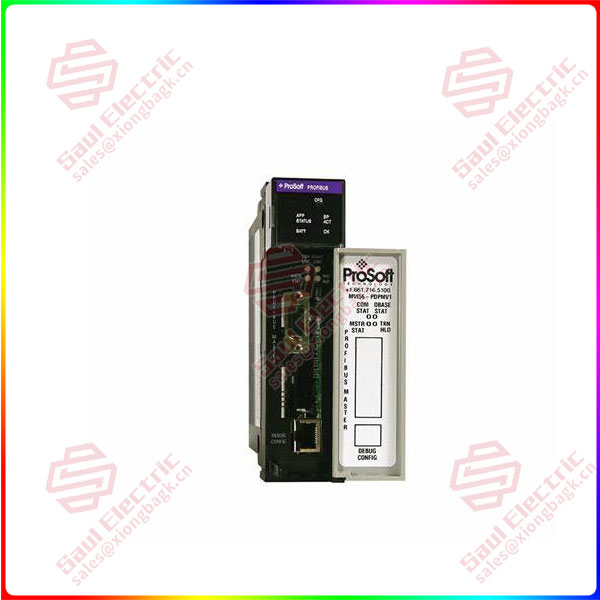Gain competitive advantage
New technologies are often needed to achieve sustainable development, and digital transformation is the only way to achieve near-term goals and net-zero goals. Companies that are the first to digitize and innovate will be at the forefront of the industry, thus gaining a competitive edge and the favor of environmentally conscious customers.
The shift to SaaS(Software as a Service) is a trend that gives manufacturers a competitive advantage and a lower carbon footprint. A study by 451 Research found that switching from licensing to cloud hosting reduces your carbon footprint by an average of 80%. In addition to reducing emissions, cloud solutions allow manufacturers to spend less time maintaining software and more time leveraging their unique business advantages.
Whether it’s CAD, PLM, ALM, IoT, or FSM, digital technologies that power the product lifecycle are indispensable for companies looking to create more sustainable products. These solutions support key practices such as dematerialization, analog prototyping, remote services, and over-the-air software updates, creating added value for customers while reducing the carbon footprint of products.
Dematerialization through generative design at the design stage reduces the carbon content of the product and creates a ripple effect downstream. For example, when customers step foot in a car with a lightweight engine design, they enjoy greater fuel efficiency throughout the life of the car. Once the design is complete, engineers can run 3D simulations in the CAD system to understand the performance of the design and continuously improve it. Running these simulation cycles in advance helps manufacturers reduce physical prototyping, which reduces costs, speeds development, and reduces their carbon footprint.
During the delivery of products to customers, regular maintenance is required to keep most products in top condition. Service providers that adopt a remote service strategy will be able to provide faster, cheaper and lower cost services. By empowering front-line employees to remotely monitor, diagnose, troubleshoot and resolve customer issues using digital field service management tools, service providers can reduce trucking and travel-related emissions while ensuring product uptime at the client end.
When a particular product needs to be updated, providing over-the-air software updates (rather than hardware upgrades) can provide immediate results for customers, while eliminating the carbon footprint impact of recalling physical products. Just as important, these over-the-air updates allow manufacturers to stay in close communication with their customers. As circularity becomes critical, a manufacturer’s ability to maintain a close relationship with its customers throughout the product lifecycle will determine its success or failure. Aerial upgrades have proven to be an effective way to build this ongoing, rewarding relationship with customers, opening the door to circular growth.

MVI56-PDPMV1
Improve flexibility and resilience
The CSRD is effectively a global regulation, with rolling deadlines depending on the size and location of the company. While the CSRD regulations originated in the EU, it is important to understand that any company that intends to generate more than €150 million in annual revenue in the EU must comply with the regulations. Therefore, for certain Chinese enterprises in Europe that meet certain conditions, they are also required to disclose sustainable information in accordance with the requirements of the CSRD: for example, Chinese enterprises with subsidiaries or branches in the EU, EU subsidiaries in China, or Chinese enterprises receiving investment from EU enterprises. In addition, since the disclosure requirements of the CSRD cover the value chain, it is clear that Chinese companies upstream of the EU supply chain also need to disclose sustainable information in accordance with the regulations. These Chinese companies may face the risk of business stagnation if they fail to meet compliance requirements.
At the same time, another important factor for more local Chinese companies is that the supply chain is the highest or second highest source of emissions for most manufacturers. This means that in order to ensure compliance with CSRD requirements, manufacturers will give preference to suppliers that commit to achieving the same level of carbon footprint transparency and emission reduction as they do.
Clearly, those businesses that actively integrate their sustainability practices now will be better prepared to comply with regulations and better prepared to win contracts. Some of these sustainability measures may involve diversifying suppliers and sourcing materials locally, reducing reliance on a single source. This can increase resilience by reducing risks associated with supply chain disruptions or geopolitical issues. Finally, electrifying and improving power efficiency wherever fossil fuels are used means better agility and flexibility for businesses, as well as more predictable operating expenses.
 1 Year Warranty
1 Year Warranty





